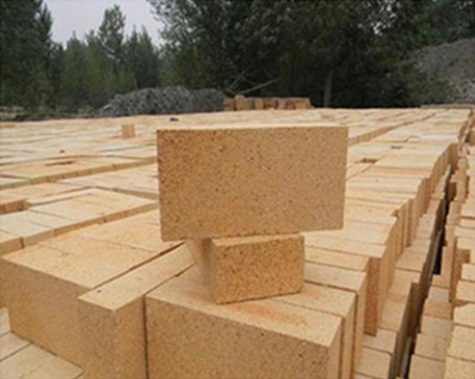- 07
- Jan
Features of lightweight high alumina bricks
ຄຸນນະສົມບັດຂອງ lightweight high alumina bricks
Lightweight high-alumina bricks are usually called thermal insulation refractory bricks, also called thermal insulation refractory bricks. Its essential purpose is heat insulation and heat preservation function. In normal use, it is not in direct contact with the temperature of the furnace, and it is a kind of refractory brick product that is close to the furnace wall and has heat insulation and heat preservation effects.
Lightweight high-alumina brick is one of the ideal heat insulation refractory materials at present. It has the characteristics of high compressive strength, low thermal conductivity, good insulation performance, and low price. It has been widely used in ceramic tunnel kilns, roller kilns, and shuttle kilns. Type kilns, wall kilns, are also used in various heating furnaces, coking furnaces and other thermal equipment, heat treatment lining materials in the iron and steel industry.
Lightweight high-alumina bricks are also called high-alumina insulation bricks. Lightweight refractory material with alumina content above 48%, mainly composed of mullite and glass phase or corundum. The bulk density is 0.4~1.35g/cm3. The porosity is 66%~73%, and the compressive strength is 1~8MPa. Thermal shock resistance is better. Usually, high alumina bauxite clinker is added with a small amount of clay, after being finely ground, it is poured and shaped in the form of mud by gas generation method or foam method, and fired at 1300-1500°C. Sometimes industrial alumina can be used to replace part of bauxite clinker. It is used for the lining and heat insulation layer of masonry kilns, as well as the parts that are not corroded and scoured by strong high-temperature molten materials. When in direct contact with the flame, the surface contact temperature shall not be higher than 1350°C.

